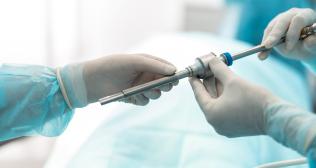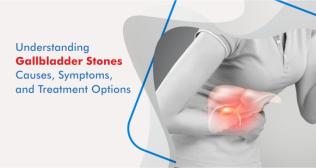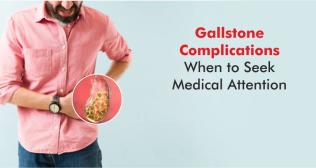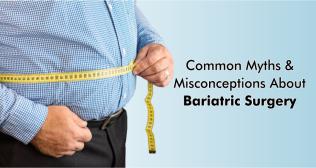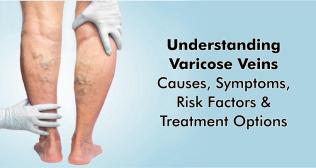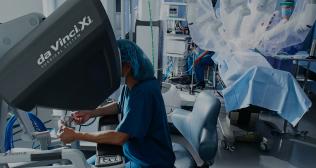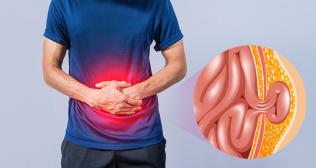
Varicose Veins and Its Treatment
Varicose veins are enlarged, twisted veins often visible under the skin. They most commonly occur in the legs due to prolonged standing or weakened vein walls and valves. Although typically not dangerous, varicose veins can cause discomfort and may lead to complications if left untreated.
Causes of Varicose Veins
Common causes of varicose veins include:
- Weak or damaged vein valves
- Prolonged standing or sitting
- Pregnancy and hormonal changes
- Obesity and sedentary lifestyle
- Family history of varicose veins
Symptoms of Varicose Veins
Signs and symptoms may include:
- Bulging, blue or purple veins
- Aching or heavy legs
- Burning, throbbing, or cramping sensations
- Swelling in the lower legs
- Skin discoloration around affected veins
Complications of Untreated Varicose Veins
If varicose veins remain untreated, they can lead to:
- Ulcers near the ankles
- Blood clots (superficial thrombophlebitis)
- Chronic venous insufficiency
Diagnosis of Varicose Veins
Doctors diagnose varicose veins through a physical examination and imaging tests such as Doppler ultrasound, which evaluates blood flow and checks for valve function.
Treatment Options for Varicose Veins
Lifestyle Changes:
- Regular exercise to improve circulation
- Elevating legs to reduce swelling
- Wearing compression stockings to support veins
- Avoiding prolonged periods of sitting or standing
Medical Procedures:
- Sclerotherapy: Injection of a solution that closes affected veins.
- Laser Treatments: Use of heat to close off varicose veins.
- Radiofrequency or Endovenous Laser Ablation: Minimally invasive procedures that seal the problematic veins.
- Vein Stripping and Ligation: Surgical removal of large varicose veins.
- Ambulatory Phlebectomy: Removal of smaller varicose veins through tiny skin punctures.
Minimally Invasive Treatments
Modern varicose vein treatments are often minimally invasive, performed on an outpatient basis with little or no downtime. Patients typically resume normal activities within a day or two, making these options convenient and effective.
Prevention Tips for Varicose Veins
To prevent or reduce varicose veins:
- Maintain a healthy weight
- Exercise daily to improve leg circulation
- Avoid wearing high heels and tight clothing
- Refrain from crossing legs while sitting
- Follow a high-fiber, low-salt diet
Conclusion
Varicose veins can be effectively managed with the right combination of lifestyle changes and medical treatments. Early intervention is key to preventing complications and improving both comfort and appearance. If you notice symptoms of varicose veins, consult a vascular specialist to explore the best treatment plan tailored to your needs.
Categories
Clear allMeet the doctor

- General Surgery | General Surgery | General and Laparoscopic Surgery | General and Minimal Access Surgery | Robotic Surgery
-
20 Years
-
1100







